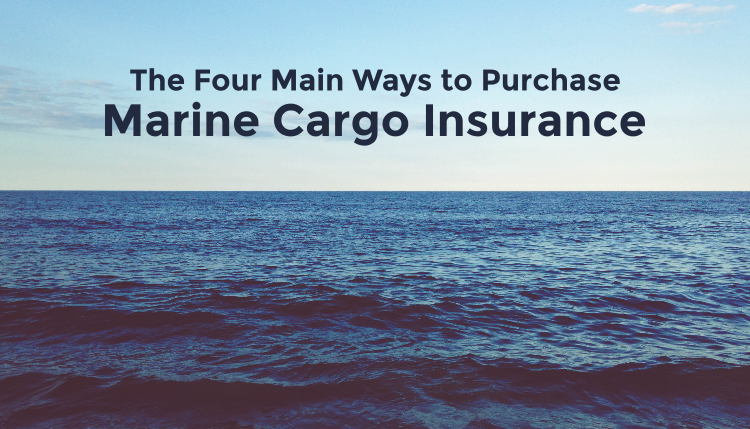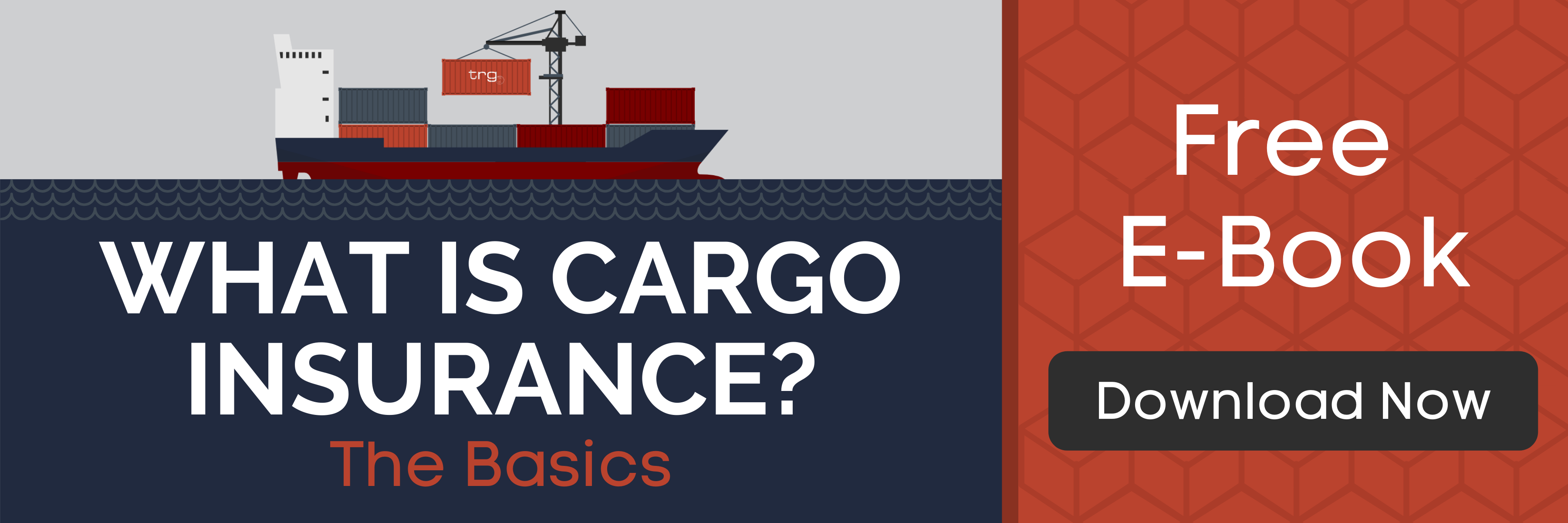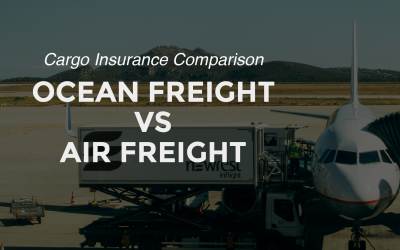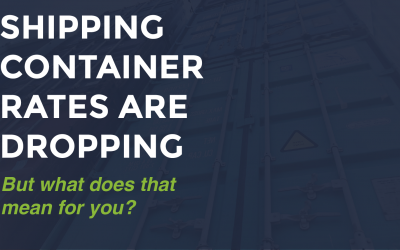Knowing everything about a cargo insurance policy can seem daunting, but it’s really not. The following list will educate you on the four main ways cargo insurance is purchased, and give you a better overall picture of how it works.
CIF Insurance from Seller/Manufacturer (Cost, Insurance, and Freight)
In this type of insurance, the cost of insurance and freight are already included in the selling price of the goods. Under CIF, the ownership of goods switches over to the Buyer at the foreign port. The Seller is only required to obtain minimum coverage for insurance. As a way to reduce costs, manufacturers usually seek out inferior foreign insurances to meet their requirement .In the event of a claim, this type of insurance coverage can be difficult to interact with and may not provide the coverage needed for most Marine insurance claims.
Shipment by Shipment Insurance Coverage
This insurance type is obtained for a single shipment at a time. and is most often offered by Freight Forwarders. Typically, the Freight Forwarder has an open policy under which they can add the assured as a user for a shipment. The Freight Forwarder marks up the cost of the insurance when providing it to the insured, and results in generally higher rates when compared to an open annual policy.
Annual Marine Cargo Insurance
An annual Cargo Insurance policy is coverage that remains on file for an entire year and is easier for importers to manage. It typically has lower premiums and less paperwork, making the claims process easier. Payments for an annual policy only occur once a year and usually have more comprehensive coverage. An annual open cargo policy automatically insures your shipments on set terms, conditions, and rate without the need to contact your insurance broker or company each time you have a shipment.
Learn more about the two main types of Annual Marine Insurance to discover the difference between All-Risk and Named Perils Policies.
Self-Insurance
In the case that a company is self-insured, the company has set up an internal insurance fund to cover losses. Some companies use the term Self-Insurance if they actually have no insurance and are willing to “eat” a loss.
Now you know a bit more about the ocean cargo marine insurance policies. Use this knowledge to better evaluate your coverage options when your policy renews to make sure you have the coverage you need to protect your investment.
Editor’s Note: This post was originally published in July 2015 and has been edited to include updated information.






![[Webinar] How to Lower the Cost to Protect Your Warehouse](https://traderiskguaranty.com/trgpeak/wp-content/uploads/2023/10/2023.10_Warehouse-and-Property-Insurance_Page_01-400x250.png)
